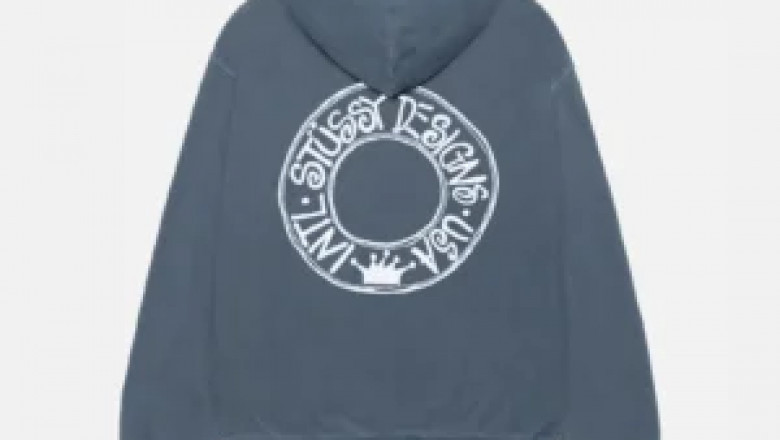views
Garments of Memory: Denim Tears and African-American Identity
In a fashion world driven by aesthetics and market trends, Denim Tears, founded by Tremaine Emory, insists on a different path—one rooted in truth, history, and identity. More than a clothing brand, Denim Tears is a living archive. Its garments are not just worn; they are experienced as tools of remembrance, reflection, and representation. At its core, the brand is an exploration of African-American identity, expressed through the power of design and cultural symbolism.
The Body as a Site of Memory
Denim Tears approaches the body as a canvas for memory. Where traditional fashion often strips garments of their historical or cultural context, Emory embeds history into every stitch. His now-iconic use of cotton wreaths printed on denim and sweatshirts serves as a stark reminder of slavery’s foundational role in American capitalism. For African-Americans, cotton is not just a fabric—it is a symbol of pain, forced labor, and endurance.
By printing cotton on streetwear staples, Emory turns everyday garments into memorials in motion—a radical act of reclaiming the Black body as a site of memory, pride, and cultural narrative. In this way, Denim Tears Clothing does not just outfit its wearers; it allows them to carry and communicate ancestral truths.
Reclaiming Cultural Identity Through Fashion
Denim Tears resists the fashion industry’s tendency to tokenize Black culture. Instead of reducing African-American history to marketable aesthetics, Emory uses his platform to center Black voices, lived experiences, and generational trauma. He draws from a deep well of cultural knowledge—referencing the Harlem Renaissance, the civil rights movement, West African textile traditions, and the diasporic struggle for recognition and justice.
This reclamation is deliberate and unapologetic. By controlling the narrative behind each design, Denim Tears challenges systems of cultural appropriation, offering an authentic representation of African-American identity—complex, evolving, and resistant to erasure.
Fashion as Testimony
Each Denim Tears collection reads like a visual testimony. Rather than speaking through marketing slogans, the brand speaks through materiality—denim as resilience, cotton as history, silhouettes as shields. The clothes serve as statements for those who wear them, affirming identity while honoring the stories of those who came before.
This approach aligns with the concept of cultural memory, where fashion becomes a medium to pass down knowledge and preserve collective history. In communities where oral storytelling and ancestral remembrance are vital, Denim Tears offers another mode of expression—clothing as archive, garment as remembrance.
Emory’s Vision: Artist, Activist, Historian
Tremaine Emory isn’t simply a designer; he is a storyteller and cultural steward. His background in art, music, and politics infuses the brand with multidimensionality. He views fashion not as frivolous or decorative, but as a language capable of confronting racism, celebrating Black creativity, and bridging the gap between the past and the present.
As creative director of Supreme and collaborator with brands like Off-White and Converse, Emory has brought this vision to the mainstream, but Denim Tears remains his most personal and political project—a space where African-American identity is not just acknowledged, but centered.
Clothing as Collective Power
Wearing Denim Tears is an act of connection—to heritage, to community, to self. In a society that often marginalizes Black voices, these garments amplify them. They signal awareness, demand recognition, and build solidarity. Each piece functions as both armor and anthem.
Through Denim Tears, Emory proves that fashion can be more than style—it can be solidarity. The brand creates space for healing, resistance, and reflection, making visible the often-invisible threads that tie African-Americans to their history and to each other.
Conclusion: Dressing the Past, Defining the Future
Denim Tears is not just clothing—it is cultural commentary, historical artifact, and personal truth. It reminds us that the past lives on in what we wear, and that fashion, when used consciously, can be a powerful tool for preserving and expressing identity.














Comments
0 comment